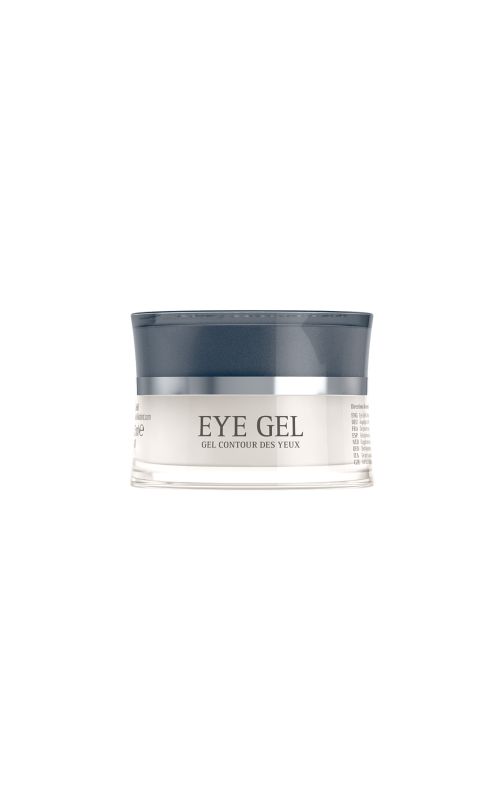Well Medica Shop
EYE GEL
EYE GEL
Couldn't load pickup availability
Eye care
A non-greasy gel with ceramides, hyaluronic acid, and vitamin E that provides the skin around the eyes with plenty of moisture. Recommended for those with lack of elasticity. Its non-greasy consistency also makes it ideal as a base for long-lasting eye makeup.
A practical tip: The combined use of both eye care products (gel first, then cream) has proven to be particularly effective.
15 ml jar
Item No. 1011
7 ml tube
Item No. 1459
INCI declaration of ingredients:
Aqua, Butylene Glycol, Urea, D-alpha-Tocopheryl Acetate, Glycosphingolipids (and) Phosphosphingolipids, Sodium Hyaluronate, Allantoin, Polysorbate 20, Tetrahydroxypropyl Ethylenediamine, Carbomer
Further explanations of the ingredients:
Aqua:
Water. It makes up approximately 65% of the human body's weight and is therefore of fundamental importance for bodily functions, including those of the skin. In many cosmetic products (aqueous solutions, cleaning agents, emulsions), water is the ingredient with the largest quantitative proportion in the formulation and forms the basis of the aqueous phase in emulsions. Water is a good solvent for polar (hydrophilic) substances such as alcohols, water-soluble vitamins, or salts. For use in cosmetic products, the water used is generally pretreated to remove microorganisms that could lead to product spoilage or dissolved salts that could potentially impair the stability of emulsions or gels (sterilization and desalination).
Butylene Glycol:
Solvent with moisturizing effect on the skin, very good tolerability, should be preferred to propylene glycol in daily used products
Urea:
Water-soluble urea is used in numerous cosmetic products. Urea is a component of the natural moisturizing factors of the stratum corneum (content between 7% and 12%; up to half that in chronically dry skin) and has a high water-binding capacity. It contributes to the long-lasting moisturization of the skin and reduces transepidermal water loss. Urea has a keratoplastic effect, and in higher concentrations, a keratolytic effect, and is therefore also used to care for skin affected by psoriasis or atopic dermatitis (neurodermatitis). Urea is also able to reduce the irritating potential of surfactants.
D-alpha-Tocopheryl Acetate:
Natural vitamin E acetate; stored in the skin, converted into the active form by breaking down the acetate bond; antioxidant with skin-protecting properties, e.g., against UV radiation, moisture-preserving, delays premature skin aging
Glycosphingolipids (and) Phosphosphingolipids:
Precursor ceramides; are converted into the nourishing free ceramides on the skin surface
Sodium Hyaluronate:
Sodium salt of hyaluronic acid. A natural moisturizer with skin-smoothing properties, an important natural component of the lower layers of the skin (dermis). Formerly made from rooster combs, it is now produced biotechnologically in better quality.
Allantoin:
Allantoin is a body-identical, water-soluble substance and chemically related to urea. It occurs in various plants but is now synthetically produced for use in cosmetics. Its most important property is the stimulation of cell regeneration. It promotes collagen formation, skin regeneration, and wound healing, stimulates desquamation, smoothes the skin, and can have a soothing effect on atopic dermatitis.
Polysorbate 20:
Emulsifier for O/W systems, solubilizer, is obtained from sorbitol.
Tetrahydroxypropyl Ethylenediamine:
Used to neutralize polyacrylate gel (carbomer), reacts alkaline in water.
Carbomer:
A neutral, highly skin-compatible polyacrylate-based gelling agent. Contrary to various claims, it does not contain "microplastics."
Share


